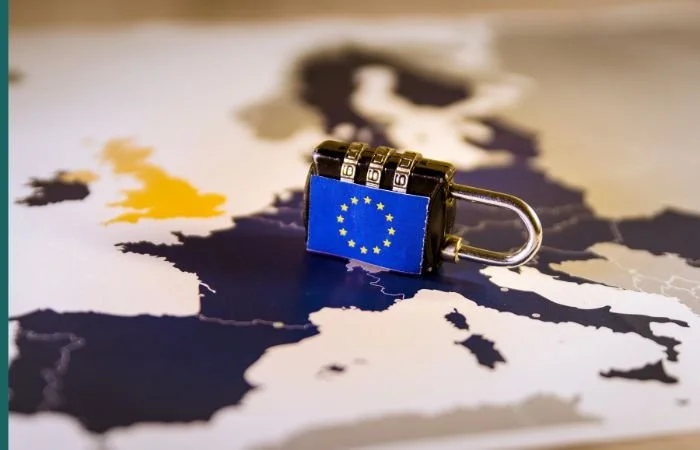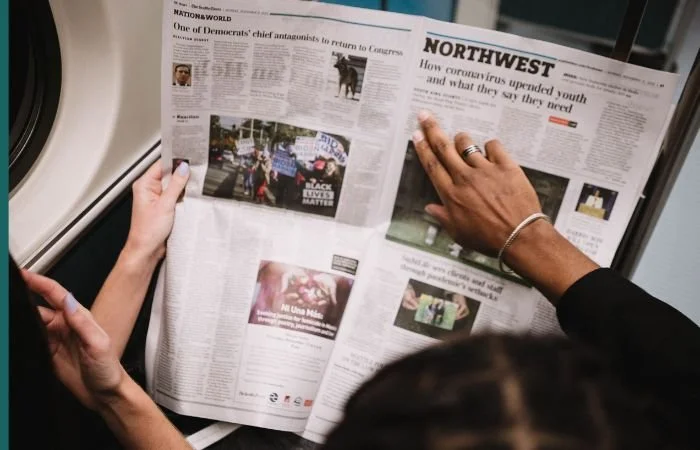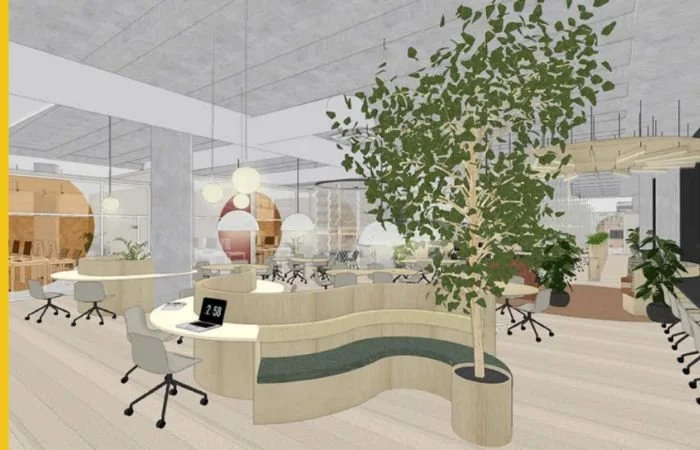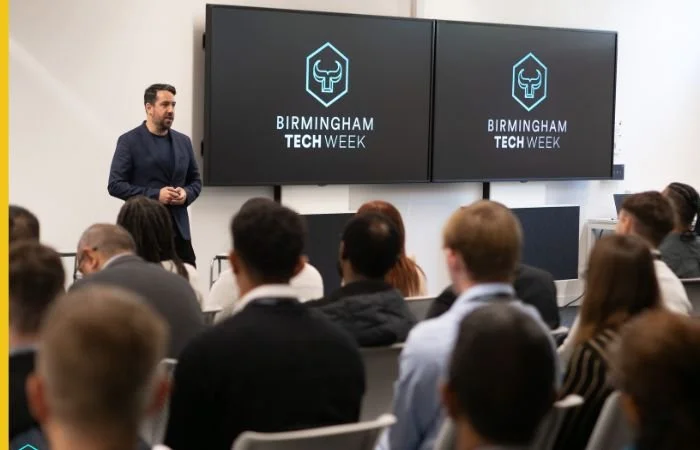Meet the founder of GrumpNow

Hi Nick, it is lovely to meet the person behind the app that allows commuters vent their travel frustrations, but first can you tell us a bit more about yourself?
Sure. I’m the founder of GrumpNow, a new mobile app that was launched in late 2017.
I graduated from Edinburgh University back in the 90s and started my professional career at Accenture, before moving into various roles in banking. I’ve since moved away from the “dark side” and now work for a global FinTech company, specifically focusing on people change and transformation.
In my spare time, when I’m not working on GrumpNow, I enjoy socialising with friends and spending time with my wife and two children.
Can you tell us more about the inspiration behind the app?
I have been commuting into London for many years, and to be honest I’ve been inconvenienced too many times. A couple of years ago I did some research and realised that there’s no simple solution for rating public transport. I thought about things for a while and considered various ideas, but it was not until recently when my wife – who also commutes to London – kept on (and on!) complaining about her trains.
That was the catalyst and GrumpNow was born!
How will the app influence travel operators to take some action?
The purpose of the GrumpNow app is to give passengers a way to constructively and collectively vent their frustration about public transport. GrumpNow – despite the branding having an element of fun – is all about highlighting bad travel on specific routes.
GrumpNow is building a robust database of bad journeys across all common transport types, and over time we will share more and more data, analytics and insights with operators. Unlike other digital channels, for example Twitter, GrumpNow captures the journey attributes such as date, time, from, to, complaint and impact. Already we can identify unpopular journeys from our data, e.g. standing room only on the 07:33 from Maidenhead to London Paddington. We believe that by exposing poor public transport it will help operators make informed decisions that will lead to positive change.
In addition, the app captures bespoke complaint types and not just the obvious delays and cancellations that are frequently reported on. GrumpNow goes deeper than that and captures complaints such as ‘Poor Customer Service’, ‘Standing Room Only’, ‘No Seat Reservation’, ‘Dirty Conditions’, Inadequate Disabled Facilities’, and many more. It’s all these types of complaints that we often experience but can’t and won’t be compensated for.
How does the process work for commuters who are curious about raising awareness of transport problems?
Once the user has signed up to the app, they enter their journey and reason for complaint, and then submit their Grump. It’s that simple, and the journey details are saved on their home page as a ‘Quick Link’ for next time.
Once submitted the app also builds a message that can then be shared via social media. This is optional yet more and more people are sharing their experience using their own social media accounts. What’s interesting is that hundreds, if not thousands, of people are “ranting” on Twitter every day about their commute, but unlike Twitter – which as you know is free text – GrumpNow forces the user to select from dropdowns. Not only does this make it intuitive to use but it also means the data is consistent and relevant.
What are the benefits of passengers using GrumpNow?
Passengers can quickly, easily and constrictively voice their frustration by registering a complaint as it happens – unlike more traditional complaint procedures that require the passenger to fill in forms, wait for a reply etc.
What’s really interesting is that operators are active on Twitter and often engaging with passengers by replying to their shared Grumps. OK, there’s no compensation when you Grump but an apology often feels good!
Another benefit of the app is the fact that it maintains a historical record of all Grumps. This is becoming increasingly relevant and valuable to commuters with the recent introduction of Delay Repay and other compensation processes.
Last thing, it really does feel good when you hit the GrumpNow button!
What advice do you have for entrepreneurs who are considering starting a mobile app?
Start simple and don’t try to build in too much functionality too early. It’s very easy to spend time and money building a Ferrari when you only need a Volvo. In the early days, it’s all about getting users engaging with the app and ultimately building a product that adds real customer value in some way.
If it’s easy to use and does what it says, users will remain loyal and more and more people will hear about it.
Who is your target audience?
Anyone that travels on public transport! At the moment, we have specifically focused on people travelling by train, typically commuters, but usage is broadening across other transport types, for example airplanes and buses.
Why do you think apps are a steaming ahead of the usual ways to communicate online?
Firstly, more and more people are using mobile devices such as smartphones and tablets. These devices are enabling users to access the internet more comfortably from anywhere, and unlike more traditional (mobile) websites, apps tend to look great and feel intuitive to use. In addition, mobile apps are becoming cheaper and easier to build, so there are more out there.
Secondly, people want immediate gratification, whether it’s quickly buying something or making a complaint whilst on the move. As technology is becoming quicker and more reliable, mobile apps seem to be the answer.
What would be your number one tip for entrepreneurs who are ready to launch their own app?
Pilot the app first with a small group of trusted users, for example friends and family. Make sure it works well and iron out any problems before publically promoting the app. It is very easy to get carried away and tell anyone and everyone as soon as you have a live app.
Once you’re comfortable that it’s robust and ready for more users – and sceptics! – target specific groups of users, whether by type and/or location. I know from past experience – having regrettably failed with other start-ups – that if you try to launch too big too quickly, it works against you.
What would be your top marketing tip, to grow awareness of their business?
Don’t market to everyone. Try and be specific when spending your marketing pounds. When launching GrumpNow we handed out flyers at railway stations, spent money on online advertising, and other local initiatives – all of which seemed logical at the time, but in hindsight was a waste of time and money. A lot of people aren’t tech savvy and don’t want to download new and unfamiliar apps. Others may not buy into the idea or – using GrumpNow as an example – want to be seen to be negative.
What we’ve now done for GrumpNow is target passengers that we already know are tech savvy and want to voice their opinion. They’re on Twitter!
Where do see the growth of GrumpNow over the next 12 months?
Over the next 12 months the plan is to increase the number of users as well as Grumps. Each day we’re attracting more users and obtaining more data but it’s still early days and we‘re very much focused on rail travel into London – a gigantic pool of grumpy commuters!
Finally, the app is scalable and can be used for various transport types, in many countries, and if we get to a tipping point – which we believe will come – the opportunities and outcomes are endless.
















































































































